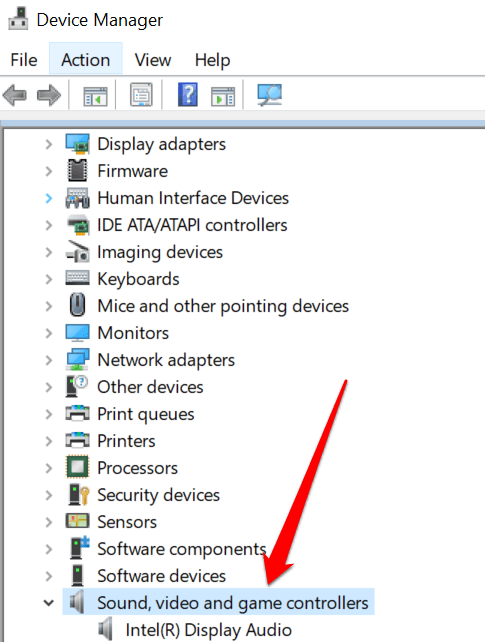

- USB MIC BOOST SOFTWARE HOW TO
- USB MIC BOOST SOFTWARE FULL
- USB MIC BOOST SOFTWARE WINDOWS 10
- USB MIC BOOST SOFTWARE PC
USB MIC BOOST SOFTWARE HOW TO
Is there an easy way to boost the Flex audio input sensitivity? Or to boost Windows "recording" levels? I am aware of "PEACE" software that lets you set custom gain and equalization in Windows on a per-device basis, It seems to work, but it's overkill - and pretty complicated to set up. How to permanently fix the low levels on USB microphones on Windows using free software.
USB MIC BOOST SOFTWARE FULL
Is this a case of "consumer audio" levels being normally lower that the full USB audio capability? (This is mentioned in some Flex docs, I believe, though I can't put my finger on the exact reference.) 2. With simple Windows and SSDR gain settings at maximum, I can only get about 20 watts peak RF. For SSDR, however, the mic levels are low. In particular, I'd like to use my Logitech USB headset with the Flex.
USB MIC BOOST SOFTWARE WINDOWS 10
The mics have a USB connection to my PC, and they work well with Windows 10 apps like Audacity. On Fri, at 4:17 PM Martin Ewing AA6E wrote: I've been trying to use a couple of different USB microphones with a 6500 and SSDR v2.6.2. Any other suggestions? 73/TIA Martin AA6E Is there an easy way to boost the Flex audio input sensitivity? Or to boost Windows "recording" levels? I am aware of "PEACE" software that lets you set custom gain and equalization in Windows on a per-device basis, It seems to work, but it's overkill - and pretty complicated to set up. If the mic is too quiet, adjust the 'output gain' slider on the right up in increments of 3 dB. You can use any recording software, or even 'listen to device,' but we recommend Audacity. For SSDR, however, the mic levels are low. Listen to a recording of what the mic sounds like now. It is too quiet even though I have the Windows mic boost to full and all of. I unplugged the Behringer USB audio device from my TP-LINK 7-port USB 3 hub, and plugged it straight into my Mac.On Fri, at 4:17 PM Martin Ewing AA6E wrote: I've been trying to use a couple of different USB microphones with a 6500 and SSDR v2.6.2. USB provides enough power for that to work, mics like the popular Blue Yeti.

and so the next thing I tried immediately resolved the issue:
USB MIC BOOST SOFTWARE PC
Something was seriously haywire! I finally thought about the full signal path going into my Mac, and how I've had issues with my Gigabit Ethernet adapter (USB 3.0) not getting the full GigE speeds when there was a loose USB connection, or a flaky/cheap hub in the route from Ethernet to Mac. Sennheiser PC 8.2 Chat, Wired Headset for Casual Gaming, e-Learning and Music, Noise Cancelling Microphone, Call Control, Foldable Microphone, high Comfort USB-A connectivity, Black (1000446) 4.



 0 kommentar(er)
0 kommentar(er)
